
Effortless Web Application development on Avnet Embedded SMARC Modules Using SimpleSwitch and VS Code
In this epsiode, we'll delve into the process of deploying and debugging web applications directly on i.MX8M Plus SMARC modules using SimpleSwitch and VS Code. This streamlined approach facilitates the seamless testing and refinement of HMIs on embedded devices.
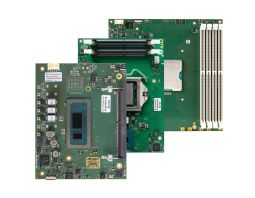
High-performance COM-HPC client module family based on 13th Gen. Intel Core processors
Avnet Embedded expands the product portfolio of high-performance standard modules in the COM-HPC form factor. The high-end client and server boards are designed for compute-intense graphics, AI and edge computing applications.
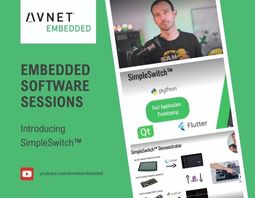
Controlling GPIO from the Cloud Using SimpleSwitch™ and IoTConnect®- A Christmas Special
In this Christmas special episode, we will explore how to connect Avnet Embedded platforms quickly and easily to the cloud using SimpleSwitch™ and IoTConnect®, a cloud platform developed by Avnet. Then we will use IoTConnect® to control remotely a GPIO from the Cloud!

Harnessing the Power of QEMU Virtual SimpleSwitch™ Images
In the realm of embedded software development, real hardware can often be a scarce resource, hindering development progress and collaboration. This is where QEMU virtual images for SimpleSwitch™ step in, offering a versatile solution to overcome these limitations.
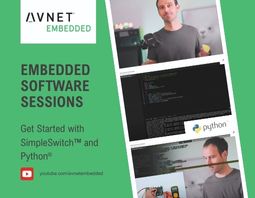
Elevate Your Python Application Development with SimpleSwitch™: A Practical Guide to GPIO Control and MQTT Integration in your project.
Embark on a journey to enhance your Python skills by developing an application that leverages GPIO control and MQTT communication. Join us as we delve into the nuances of container setup, project creation, GPIO toggling, and MQTT integration.

Avnet Embedded and AUO: a new partnership for industrial open frame displays
Made to be integrated, open frame displays have never been more in demand. You’ll spot them everywhere – across Point of Sale, Point of Information, EV charging , Industrial and Marine applications and so many more. It’s a space we’ve been familiar with for some time, offering a wide range of our own open frame solutions for easy deployment in customer applications.
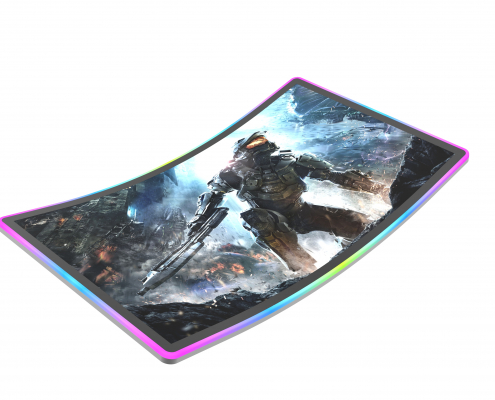
32” of potential: the curved touchscreen that shows you more
You see a curved touchscreen monitor. You might even be thinking how good it would look in your gaming rig.
We see the painstaking mechanical stress needed to form the curve and how to calculate the limits of that stress. We see the film sensor and 3mm coverglass, optically bound to a TFT display. And the complexity of engineering both a backlight and laminating touch capability across the curve.
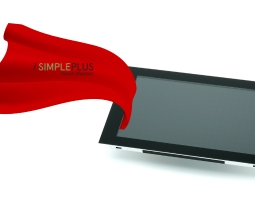
SimplePlus 7”: the unsung hero of touch displays
Sometimes products need a fanfare and sometimes… well, they’re just quietly great. Our new 7” SimplePlus touch display is in the second category. It’s superb – in the right hands. What do we mean by that? Well, on the face of it, it’s what might be called ‘mid-range’. A product that delivers the perfect balance between cost and performance, which is exactly what you need if you’re looking for affordability without cutting corners. You might call it the unsung hero of touch displays.

Colour, style and shape: the art of coverglass
How many times have you touched a glass screen today? Ten? Twenty? Thirty? More? Unless you’re actively monitoring your screen time, it’s barely even a consideration. But the kind of glass you interact with matters. The way it looks influences your experience of the screen, even if you don’t consciously realise it. And the coverglass has usually been designed for the optimum comfort of use – and style.
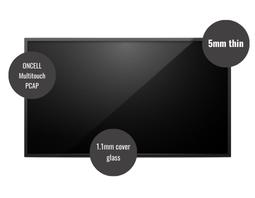
Let’s get it ON: discover why our new 15.6” ONCELL monitor is faster, thinner and stronger
We don’t need to tell you what exactly is so great about our new 15.6” ONCELL touch monitor – it’s all in the title of this article. But what we do need to explain is how on-cell technology achieves the kind of fast, thin and strong monitor that is ideal for training environments, point of sale and more.

